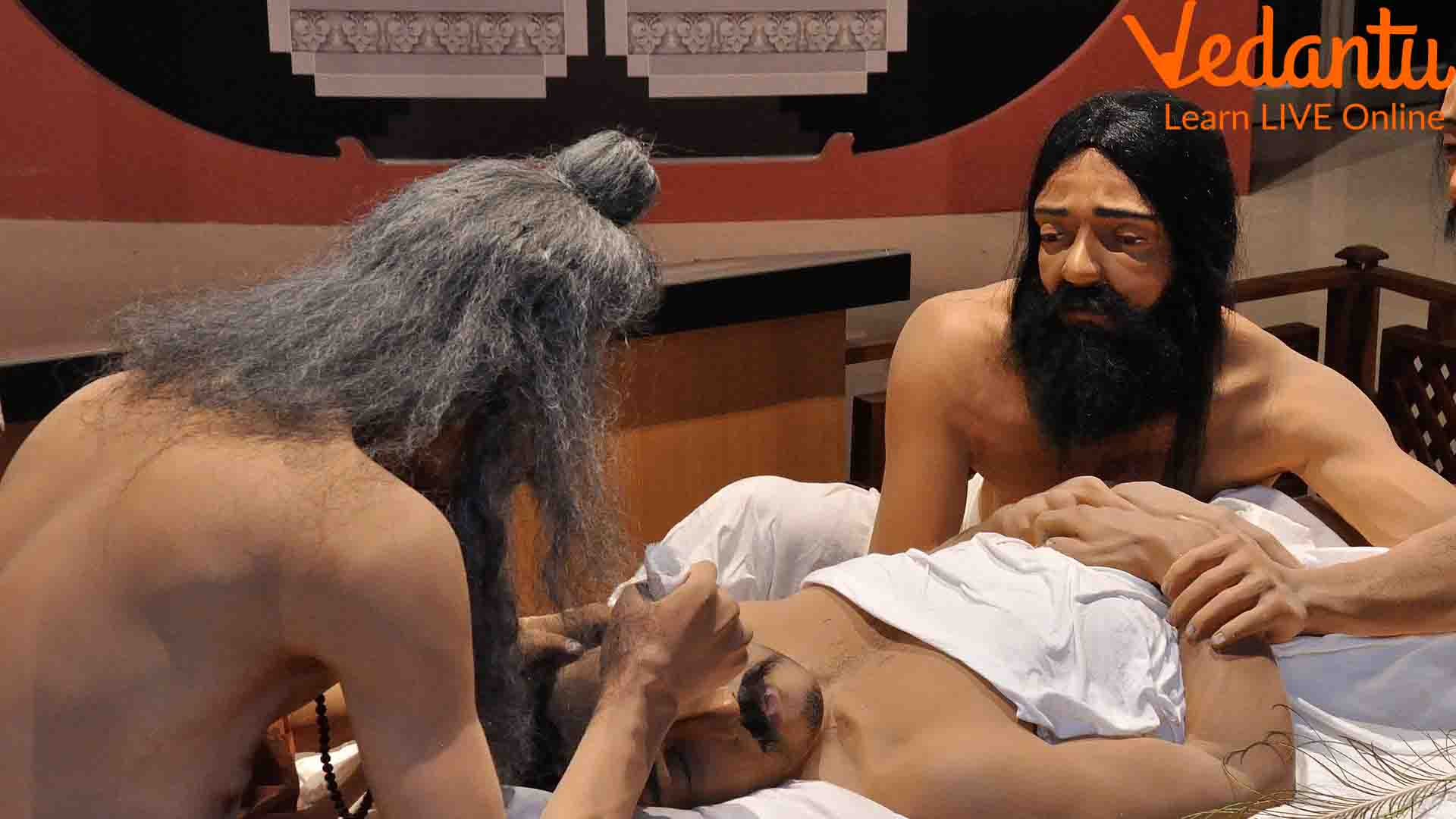List of Ancient Doctors and Their Innovations
Long before Western Medicine changed the course of the medical world, certain ancient healing and treatment practices in India amazed the world too. The Indians back then were excellent observers and made remarkable discoveries and inventions to give birth to a healing process for particular diseases.
Time travelling back to those eras; let us find out the noted ancient healers and doctors of India who paved the way for astonishing medicinal practices. They redefined the way people used certain treatment processes to heal.
List of Ancient Healers of India
The advent of the COVID-19 pandemic has shaken the entire world. It took us a few years to manage the virus infection from spreading across the world. Vaccines were developed within months and were mass-produced to make the human population immune to this dangerous virus.
There are many such feats that the medical world achieved in a few centuries. How did this even become a subject? What was the foundation based on which we have made this so far with a remarkable medical contribution? The credit goes to the ancient healers and doctors of the world who have paved the foundation to do such research.
Let us find out the names of ancient doctors and healers in India and their respective contributions in this field.
1. Sushruta and Shastrakarma
Sushruta is considered the Father of Indian Medicine. He is also known as the Father of Plastic Surgery. It is estimated that this brilliant healer resided in India in 800 BC. Imagine developing the art of plastic surgery at that time when we did not even know what anaesthesia is.
He was the pioneer of surgery and invented eight different ways of surgical procedures. All these procedures are mentioned in his book named Shastrakarma. These 8 surgical techniques are:
Chedana – It means excision
Bhedana – It means incision
Lekhana – It means scraping
Eshana – It means probing
Aaharana – It means extraction
Vedhana – It means puncturing
Visravana – It means draining
Seevana – It means suturing
He went on to develop 300 different surgical procedures using these basic 8 techniques. In fact, he also designed 120 surgical instruments to perform surgeries in these 8 categories. It all happened 2800 years ago. No wonder he is considered the Father of Surgery.
He also pioneered plastic surgery where he introduced prosthetics such as artificial ears, noses, etc. He also wrote and compiled all his medicinal and surgical knowledge in Sushruta Samhita.

Sushruta Performing Surgery in Ancient India
Also Read: Saluting the Ancient Indian Doctors
2. Atreya and Agnivesa
Atreya, the master and Agnivesa, the disciple together compiled Ayurveda. It is the ancient book of holistic principles that led to a longer life. This book is stipulated to appear in 800 BC and is commonly called Ayurveda Charaka Samhita. Atreya was the first physician to define and present the holistic concepts of digestion, immunity, and metabolism.
This book is considered the bible of practising herbal medicine. In fact, it is the foundation of herbal medicinal practice in ancient Indian medicine. Many herbal medicines and formulations have been compiled and passed from one generation to the other. To date, we still find relevance to these concepts for designing cures for various ailments.
3. Sage Agasthya
Sage Agasthya is considered to be the father of Siddha medicine. He established the foundation of the Siddha system where the Siddhars believe that the human body contains 8 supernatural powers.
The medicines used in this practice comprise extractions of herbs, metals, fruits, and chemical components that have been researched and found to be effective in healing. This practice led to the development of crucial ancient medicine in India. We can still find people practising the art of healing using the age-old traditional methods mentioned and passed on to generations through this system.
4. Patanjali
The world is overwhelmed with the various practices of Yoga. You will be surprised to know that the foundation of Yoga dates is in India. Patanjali, the creator of Yoga, was an eminent healer. His idea of the human body was remarkable. It led him to the establishment of certain postures called asanas. These asanas are very effective in maintaining the crucial physiological functions of our organ systems. This practice dates back to the 2nd Century and is still considered one of the best healing methods practised contemporarily.
Patanjali designed and developed principles of Yoga that restored the balance between the physical and mental condition of a person. He defined it as a way of connecting the mind, body, and soul and designed a holistic approach to make a person stronger.
The Contribution of Ancient Medicine to Modern Medicine
The above-mentioned names clearly suggest how advanced India was back then. Sages dedicated their lifelong practices to designing new healing practices. Their knowledge and ideas are still used as the base to define the modern medicine we use these days.
All these remarkable findings pave the way to a better world where we can design and implement medicinal approaches to ward off certain ailments. The ancient healing medicine and techniques also enable us to gain insights and take a step ahead.
Even two millennia before, the connection between the mind, body, and soul was theorised and established. They learned that happiness is the best medicine and tend to design healing techniques based on that doctrine.
Conclusion
We also understand the importance of a holistic approach where we can make a person physically and mentally fit. The definition of health and fitness has been influenced by these approaches. There is no doubt that we are proud of such advancement in the medical world because of the impact of these ancient doctors and healers. They taught us that even with primitive medicinal and instrumental knowledge, we can achieve big things in life.







